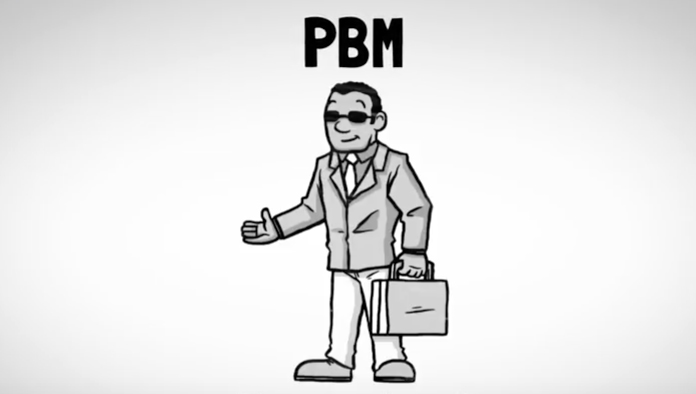Introduced in February, HB 2387 would require pharmaceutical firms to reimburse insurers for any “excess costs” associated with covered drugs. Excess costs are defined as the difference between the average wholesale price of a drug and either: the typical price in other countries; or, the difference between a health plan’s maximum co-pay and maximum out-of-pocket costs.
HB 2387 establishes price controls in Oregon
By claiming the right to define when costs are excessive, this bill dictates what drug companies can charge for their medicines– it is a creative way to impose price controls. De facto price controls will impose heavy costs on Oregon, that include higher health care costs, and lower health care quality.
No guarantee that consumers will share in the savings
The bill forces drug firms to pay steep rebates to coverage providers on certain advanced medicines, but, the insurers are under no obligation to pass those savings on to consumers, even if those patients find certain drugs very expensive relative to their income. Further, private insurers already receive discounts that, on average, reduce a drug’s list price by 38 percent. HB 2387 simply adds to these discounts, enriching insurance companies at the expense of drug innovation and, over the long-term, patient health.
Harms research
The legislation dis-incentivizes funding for future pharmaceutical research, particularly if other states follow Oregon’s lead, depriving patients of medical innovation. Investing in drug research is enormously risky. In fact, the average drug costs roughly $2.6 billion and takes more than a decade to bring to market.1 Not surprisingly, most medicines never make back their upfront investment costs or even make it to market. Bills like HB 2387 make it even more difficult for drug companies to recoup their research costs. The result would be a significant reduction in the development of new medicines,as investors would flee to more predictable industries or locations.
HB 2387 will not “bend the cost curve”
Despite the headlines about a handful of high-priced drugs, pharmaceuticals represent a small portion of overall medical costs. Nationwide, about 10 percent of all health spending goes toward prescription drugs, according to the Centers for Disease Control and Prevention. That’s roughly the same share as in 1960.2
Oregon spends just one percent of its state budget on prescription drugs for residents on Medicaid, in state employee health plans, and in prison.Supporters of HB 2387 claim the bill will save patients money at the pharmacy counter. In reality, it would boost insurance industry profits and hurt patients.
1 https://csdd.tufts.edu/news/complete_story/tufts_csdd_rd_cost_study_now_published
2 https://www.cms.gov/Research-Statistics-Data-and-Systems/Statistics-Trends-and-Reports/NationalHealthExpendData/NationalHealthAccountsHistorical.html
See Table 2 in the NHE Tables Zip file.

